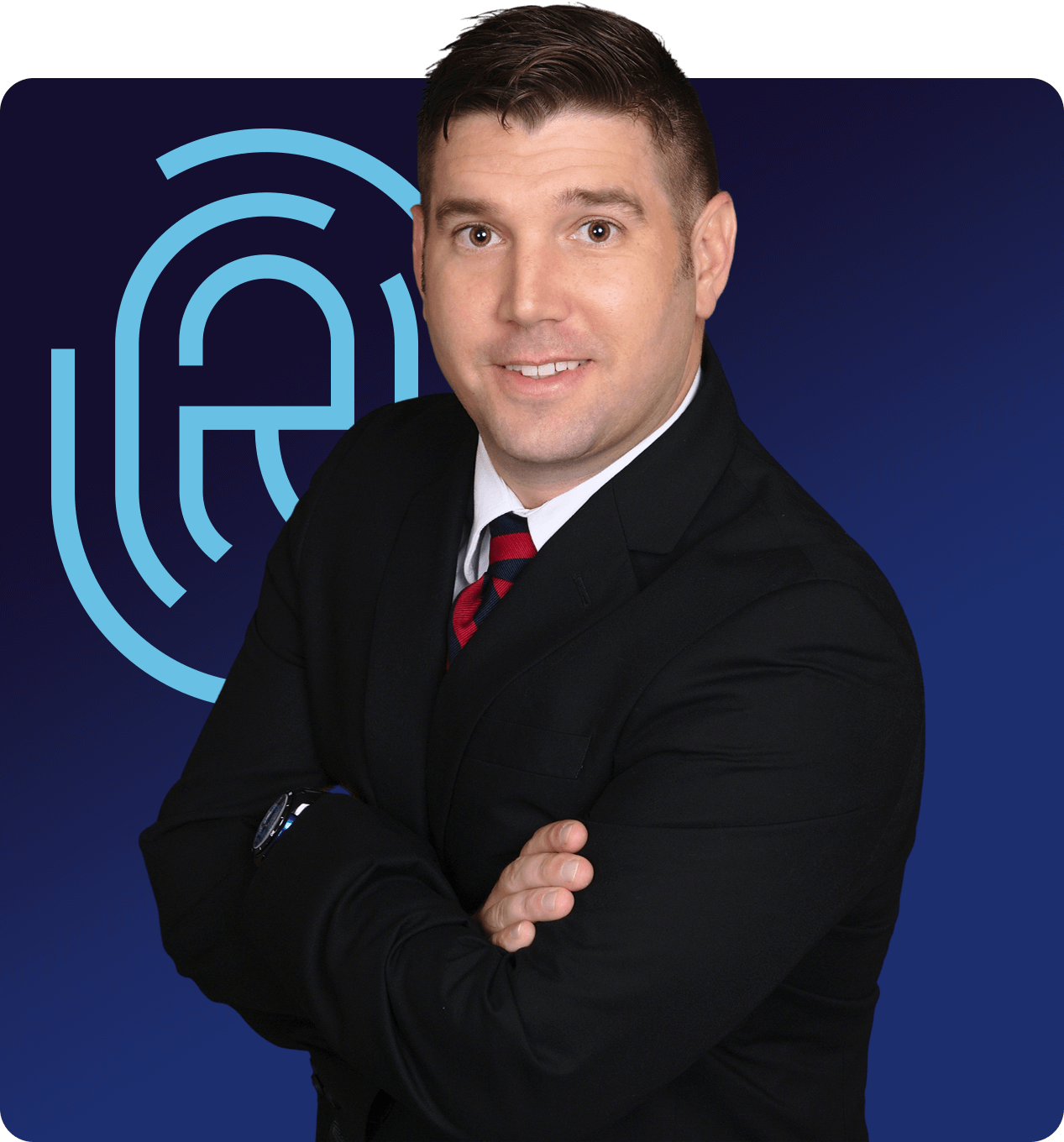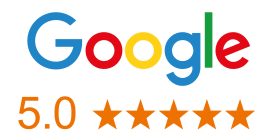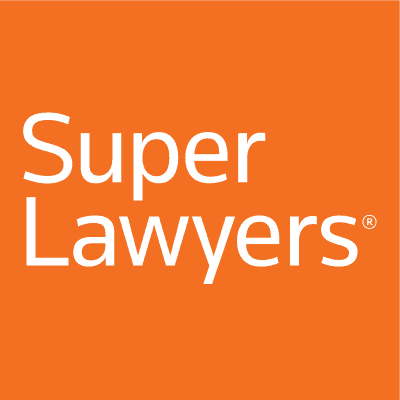In today’s highly digitally-connected world, mobile application development is a booming industry. The mobile experience is ubiquitous – practically everyone has a smart device or mobile platform that gives them constant and instantaneous access to the internet. Due to the incredible versatility of a mobile application platform, many businesses are developing mobile applications for their companies. With easy access to dedicated mobile apps through internet-connected smartphones and mobile devices, it is easier than ever for companies to market themselves directly to their customers.
Having a user-friendly mobile application is one for the most useful ways for a company to engage their customer base, nurture valuable customer relationships, reduce costs and reach new prospective customers. Mobile applications and software are valuable business assets and these assets need to be protected with intellectual property rights, such as patent protection.
Many app developers seek patent protection on the process that their software performs. If your app does more than generates, calculates, or tracks data, then your mobile app is likely to be considered patent eligible. The invention must also be novel and non-obvious. There are two types of patents that are relevant to mobile app and software inventions:
Utility patents, which last for twenty years from the patent application filing date, and
Design patents, which last for 15 years from the issue date of the design patent.
Patenting software-implemented inventions, such as mobile apps, is about patenting the process that the software performs, rather than focusing on the underlying code. Additionally, design patent protection, which is directed to protecting ornamental aspects of a functional invention, can be sought for the various design-related aspects of the mobile app, such as the graphical user interface of the mobile app.
At The Rapacke Law Group, we have a dedicated IP practice for mobile app development. We help mobile app developer clients create an IP strategy that’s right for them, and help them implement that strategy by seeking patent protection and other IP protections as needed. Despite common myths regarding software patents, you don’t let your valuable mobile app IP go unprotected.
Understanding Software Patentability
Addressing the question ‘Is software patentable?’ has become increasingly important in the tech industry, with the rapid development of new and novel software inventions. A granted software patent can grant its holder exclusive rights to use, sell or manufacture a specific invention for 20 years, providing an edge in a hyper-competitive industry. The process of obtaining such patents is complex and the proper understanding and drafting or your application is key. Since not only do they need to meet certain criteria (such as novelty, non-obviousness and technical improvements), but also require clear articulation of your novelty, components, and processes before they can be approved by the United States Patent and Trademark Office (USPTO) Examiner assigned to your application.
Criteria for Patentable Software
When seeking software patentability, it is essential to understand the requirements a computer program must meet. In particular, for any computer-implemented or software application be eligible for protection with the (USPTO) it has to possess novelty to be useful and non-obvious. There should also exist an adequate level of details on how the product works as well as what technical improvement does its operation address or solve?
Primarily, when it comes to software patent applications, inventions that offer innovative technical solutions through novel features, functionality and processes are essential. These inventions must demonstrate that they bring something unique to the table, either by improving machine performance or by providing more efficient ways to tackle specific technological issues or improvements over existing technology. By proposing a clear, demonstrable solutions or methods that show tangible enhancements over existing methods or systems, the chances of receiving a Notice of Allowance are much greater.
Challenges in Obtaining a Software Patent
Getting a software patent is a complicated process and is no easy feat. The key is to express the innovation in such an articulate way that clearly shows its distinctiveness, non-obviousness, and advancement when compared with existing technology. This calls for thorough comprehension of both the program itself and fundamental processes in executing your software system. In addition to these requirements, the software must clearly have a well-defined “point of novelty” and well drafted set of claims demonstrating the process or method. This “point of novelty” may include demonstrating an improvement over existing technology or addressing technical problems in a novel way.
The Importance of a Claim Construction in Software Patents
Software can be patentable if it is novel and non-obvious and is claimed as a process or as an improvement upon known technology. Patent applications contain two varieties of claims: independent claims and dependent claims. The independent claim is the broadest version of a patent claim, and dependent claims aim to further narrow the invention by adding additional limitations (or features) to the claimed invention. It is typically a good strategy to seek protection for independent patent claims that are drafted in a way that is broad in scope. Broad independent claims translate into broader protection, and a larger possible pool of potential infringers.
However, the process of narrowing down the claimed invention by way of dependent claims serves a purpose too: dependent claims can be used to whittle down the claims to what is known as a “picture claim.” A picture claim is a dependent claim that, in combination with the claims that it depends from, hones in on exactly what the invention is, i.e., the version of the invention that is being marketed to the public. By having at least one detailed dependent patent claim directed to the version of the invention that you commercialize, you can obtain patent protection for the version of the product that you sell, and can easily discourage others from copying the product you sell once the patent issues.
Claims construction is more of an art than a science – the claims need to start broad in scope and then become more detailed with the addition of dependent claims. It takes years of practice for patent attorneys refine their patent claim drafting skill. At The Rapacke Law Group, our software patent attorneys routinely include a picture claim in the software patent applications we file in order to capture the scope of the software product that our clients market to the public.
Software as a Medical Device
Medical devices are becoming increasingly more software-based over time. Medical devices that were once mechanical in nature are now computer-controlled and operated by artificial intelligence. Wearable medical devices communicate wirelessly with digital health platforms online or mobile apps, and smartphone health trackers are being used by more and more patients every day. It was only a matter of time before software would be considered a medical device.
If computer software meets the definition, software can be deemed a “medical device” by the US Food and Drug Administration (FDA) and can also be patent eligible. Software as a medical device (SaMD) is software that provides information that is “significant” to making a healthcare decision and has a level of “independence,” meaning that in general the software is capable of running on any general-purpose computing platform and should, at least in theory, be able to accomplish its medical task if separated from its “normal” hardware/housing.
When your invention is directed to software as a medical device, it is important to work with a patent lawyer who understands the technology behind your invention – both the medical device aspect and the software component of your invention. The Rapacke Law Group has both a medical device practice and a software and mobile apps practice, and we can help you seek patent protection for your software as a medical device invention.
A fixed-fee approach to software patent protection
We pursue every avenue to reduce costs for our clients. To ensure that objectives are clearly defined and budgets are met we offer the majority of our services at a cost-effective fixed fee, including:
- Preparing, filing, and prosecuting patent applications at the USPTO
- Offering opinions on patentability, validity, infringement, and freedom to use
- Enforcing patent rights in U.S. district courts and on appeal
- Addressing USPTO post issuance proceedings
To add further value, we help our clients to identify new market opportunities and strategic partners.


